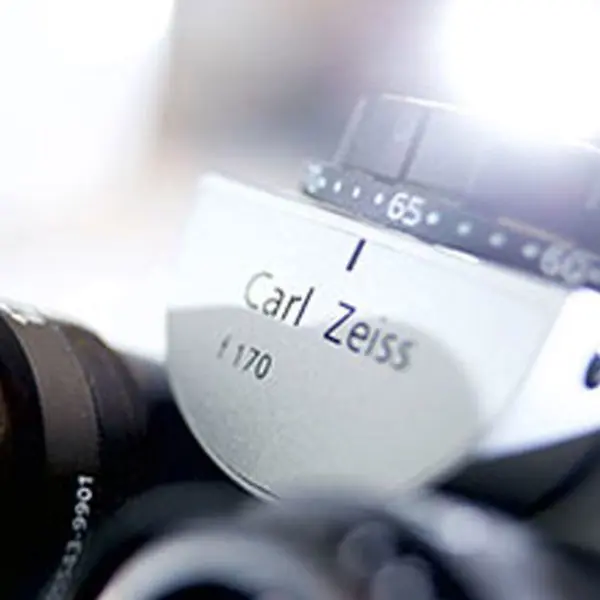
- Uncategorised

- News
Q&A Series: What are the Different Types of Laser Eye Surgery?

Here at LaserVision we are often asked about the different types of laser eye surgery available and which type is most suitable for each refractive error. As we specialise in personalised vision correction, we always endeavour to complete a comprehensive consultation before recommending a treatment option. In our latest blog however, we have developed a guide on the different types of laser vision correction and their general suitability.
LASIK
LASIK stands for Laser Assisted In Situ Keratomileusis.
The facts:
- LASIK is the most common form of laser vision correction procedure in the world.
- More than 15 million LASIK procedures have been performed worldwide.
- Over 99% of patients reach the legal driving standard without glasses or lenses following LASIK treatment.
The procedure:
LASIK is a very quick procedure and involves creating a thin flap in the cornea and the laser is then applied to the mid corneal structure. The flap is then replaced and the vision recovers very quickly.
Benefits:
- Very quick procedure generally 5-10 minutes per eye
- Virtually painless
- Very fast recovery time
Most suited to:
Myopia, Hyperopia and Astigmatism.
LASEK
LASEK stands for Laser Assisted Epithelial Keratomileusis.
The facts:
- LASEK is the main alternative to LASIK.
- Success rate is very similar to those for LASIK.
- Healing process is generally shower than LASIK.
- LASEK surgery involves excimer laser and wavefront technology.
The procedure:
LASEK involves preserving the extremely thin epithelial layer by lifting it from the eye’s surface before laser energy is applied for reshaping. After the LASEK procedure, the epithelium is replaced on the eye’s surface.
Benefits:
LASEK is the safer option for patients with a thin or steep cornea.
Most suited to:
Myopia and Astigmatism where LASIK is not suitable.
ReLEx and SMILE
Femtosecond Laser Extraction and Small Incision Lenticule Extraction
The facts:
- A new ground-breaking technique.
- Uses just Femtosecond laser technology to create a removable lenticule.
- The procedure takes laser vision correction for short-sight beyond LASIK.
The procedure:
It uses the femtosecond laser to precisely separate and then remove a ‘lenticule’ (a very thin disc) of tissue to re-shape the cornea and change its lens power.
Benefits:
- Makes laser vision correction more suitable for patients with higher prescriptions and thinner corneas.
- Very quick surgery time.
- Reduced risk of ‘dry-eye’ symptoms post treatment.
- Very quick surgery time.
Most suited to:
Myopia, Hyperopia and Astigmatism.
RLE
Refractive Lens Exchange
The facts:
- RLE is generally more suitable than laser eye surgery for patients over 40.
- Recommended for patients whom have lost the ability to accommodate the need for glasses to read as well as see in the distance.
The procedure:
Refractive Lens Exchange involves the replacement of the natural lens in the eye, with a new mono-focal, multi-focal or pseudo-accommodative intra-ocular lens implant (IOL).
Benefits:
- A comprehensive range of bespoke lens treatment options to provide the best, personalised vision correction.
- It may eliminate the need for bifocals or reading glasses.
- Immediate improvement in vision following treatment.
Most suited to:
Patients over 40 with Myopia, Hyperopia and Presbyopia.
Please note, that only after a thorough assessment of your eyes can we accurately recommend a personalised treatment plan to get the best results. A LaserVision consultant surgeon can expertly guide you through the best treatments for you – make an enquiry here.
Reviews







